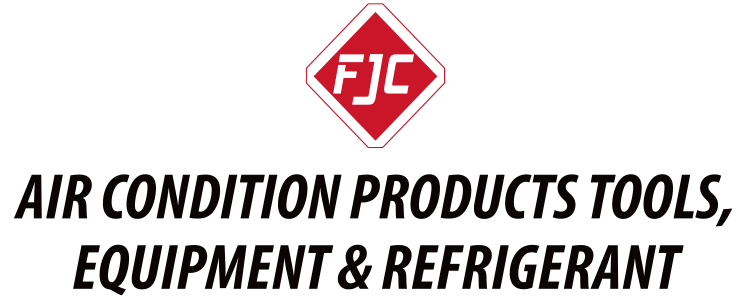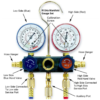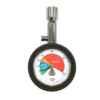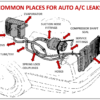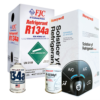ELECTRIC/HYBRID VEHICLE MUST READ: Your A/C system is VERY Different
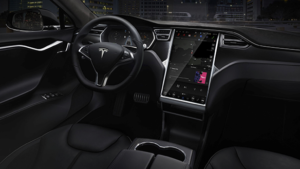
As electric and hybrid vehicles continue to gain in popularity, we have been receiving an increasing number of inquiries regarding OEM requirements, safety precautions and general procedures regarding the A/C evacuation, recycling, and charging procedures on these vehicles. In 2020, in addition to knowing whether your vehicle’s A/C system uses R-12 refrigerant (pre-1996 model year vehicles), R-134a (most 1996—2015 model years), or R-1234yf (most 2015 and later model year vehicles), a growing consideration is whether your system is electric-powered. If it is, it is important to proceed with caution when servicing your system.
Unlike most automotive A/C systems, which are powered by an internal combustion engine, air conditioning systems in electric and hybrid vehicles use high voltage electricity to power the compressor. For this reason, these systems should only use straight refrigerant (R-134a – 695 or R-1234yf – 696) and additives which are specially formulated for use in electric or hybrid vehicles (Hybrid Oil Charge – 9148; R-134a Hybrid Oil – 2450, and R-1234yf Oil – 2459). They require a special POE (Polyolester) oil which is non-conductive. This oil coats the electric motor windings and protects against electrical leakage. PAG oil, by contrast, may conduct the voltage to the compressor case or connected components cause electric shock and system damage.
Per Denso findings, using as little as 1% standard PAG oil (hygroscopic) can reduce the dielectric properties of the POE oil and cause an A/C compressor to fail. It is important to note, PAG oil is also a component of most conventional A/C dyes. Therefore, A/C equipment which has been used in traditional IC systems can contaminate the HV system. If this happens, system parts replacement will usually be required. A good rule of thumb to avoid cross-contamination is to use dedicated hoses and injectors for each different refrigerant oil.
To further complicate matters, HV compressor systems often use the same size service ports as conventional systems, making mistakes easy to make. If you are unsure, always refer to your vehicle manual or contact your manufacturer.
Due to moisture and electricity concerns, DO NOT flush high voltage systems with a chemical flush. It is recommended to bring your vehicle to the dealer if you require a system flush. Alternately, some people have success with a Nitrogen flush kit.
DO NOT attempt to service these systems without proper training.
LMK 2020


